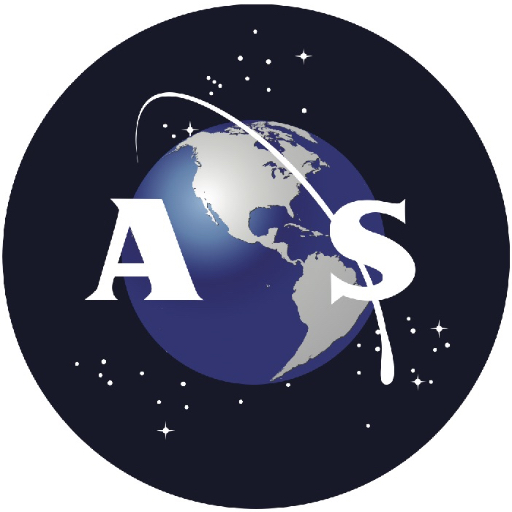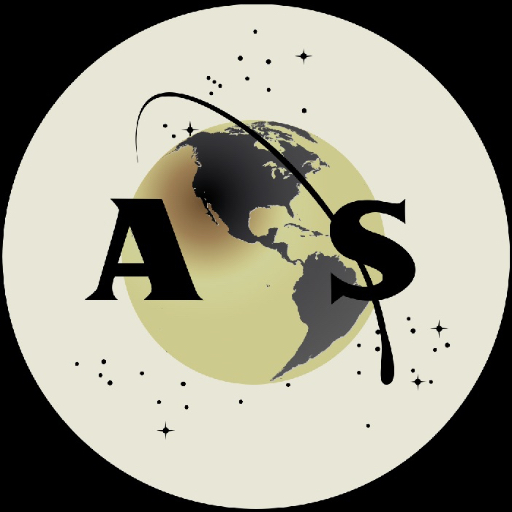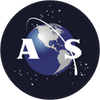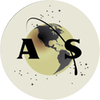
This week Mason Peck NASA’s Chief Technologist was given a hands-on tour of research laboratories located in both Florida and Texas. After a closed-door meeting with Frank DiBello, President of Space Florida, Peck was introduced to guests, lab-officials and AmericaSpace.
NASA’s Space Life Sciences Lab (SLSL) previously known as the Space Experiment Research and Processing Facility (SERPL) continues to support the International Space Station (ISS). The lab serves as the primary gateway for payloads bound for the orbiting laboratory and is a leader in innovative approaches to research and development work in space. Built in 2003 the 73.000 square-foot building has been in the NASA Kennedy Space Center’s badged security zone – until just recently.

Now a new $4 million entrance road and sign has been established off Space Commerce Way allowing access to the labs by contractors, technicians and guest, without having to be badged though NASA. Space Florida partnered with NASA for use of the land – resulting in the creation and long term retention of over 100 high-tech and research jobs.

In one of the labs, Mr. Peck was shown new light-emitting-diode (LED) lighting fixtures that will replace the fluorescent lights on the International Space station (ISS), these are being developed in cooperation with Lighting Science, a Brevard County-based Company.
In the Granular Mechanics & Regolith Operations Lab samples of heat shield materials were on hand for examination. Michael Hogue, a NASA Physicist with the Surface System Office, showed off a number of experiments that work to solve issues revolving around space dust.
Peck examined many of the experiments in the facility and one of them had a touch of local flavor. It involved what looked like egg timers in a rack holding sand like material, simulating how the material would act in a space environment. One of the test samples was actually Cocoa Beach sand.
“Fine dust like sand can obscure a spacecraft window on landing,” Hogue said as he sprinkled fine sand onto a small Plexiglas sheet in a test box, covering the Plexiglass.
After he closed the box lid and turning the unit on the sand immediately cleared off the test area.
Peck examined a number of the test samples. In the same lab, Chemist Anthony Muscatello, Ph.D explained the operation of the Resolve Field Demo Unit, a lunar sample-collecting machine.

Moving up to the second floor’s level of labs there are specially equipped walk-in coolers with colored LED lights shining down on live plants. These are used to simulate plant growth in space aboard the ISS.
In the General Life Support Lab a wall unit with many wires and tubes connected to a Plexiglas tube holding a urine-filled screen filter, this is a ‘kill waste’ system making a usable by-product from the urine.
“One man’s waste is another man’s life support,” Peck said.

In the medical section, NASA-KSC Deputy Chief Medical Officer Phil Scarpa held up a small 4X5 device to Peck explaining ‘this is a first generation tricorder (A reference to the medical device from the television series Star Trek). This unit will be able to transmit the vital statistics, map and track hemoglobin by radio signal from a number of different occupations, astronauts on orbit, soldiers on the battlefield and other high-risk occupations can benefit from this new piece of technology. The tricorder does not require that the patient give blood and is currently being refined until it has been approved by the Federal Drug Administration (FDA). The tricorder is being developed and tested with one of NASA’s private sector partners, the Orlando Regional Medical Center.
The tour finished in the third floor conference room where a number of these private sector partners were introduced.
“I think I picked the wrong month to visit Florida,” Peck said. “However, the work goes on at NASA’s facilities – and not from behind a desk in Washington.”

He praised the people for the work that they are doing and advised every one to look to the future. Highlighting the work being conducted on the James Webb Space Telescope, the Mars Science Laboratory rover Curiosity and NASA’s commercial efforts.
“We need to invent new stuff and get it into space, we spend money on Earth not in space. Peck said concluding his remarks.
Peck continued his KSC tour with visits to other labs located along the Space Coast.




